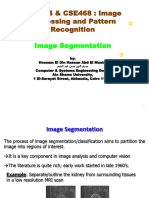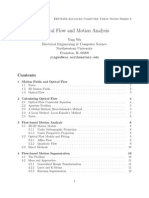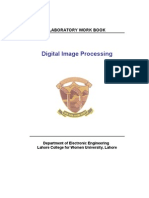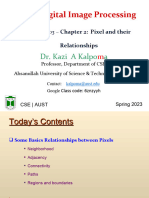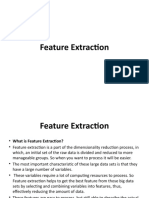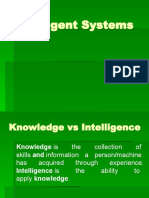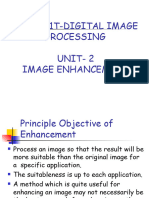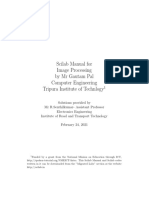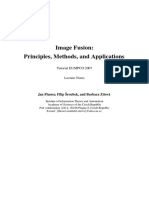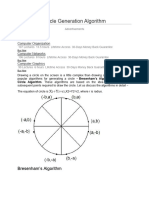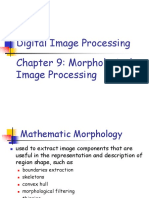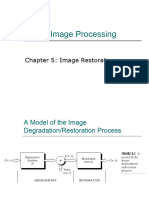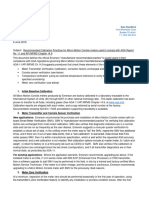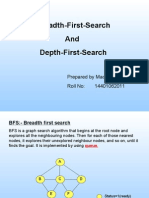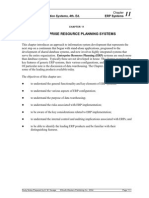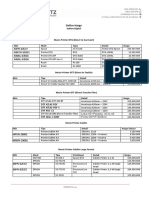0% found this document useful (0 votes)
436 views19 pagesImage Segmentation and Extraction of Object From An Image: CH - Venkanna EC104018 M.Tech (E.I)
The document discusses image segmentation and object extraction. It introduces image segmentation as partitioning an image into meaningful regions based on measurements like greyscale, color, texture, etc. The Expectation-Maximization (EM) algorithm is presented as a segmentation method that models pixels as a Gaussian mixture model and iteratively estimates parameters. Object extraction involves segmenting an image and then isolating specific objects, with applications in biometrics and license plate reading.
Uploaded by
Ch VenkatCopyright
© Attribution Non-Commercial (BY-NC)
We take content rights seriously. If you suspect this is your content, claim it here.
Available Formats
Download as PPTX, PDF, TXT or read online on Scribd
0% found this document useful (0 votes)
436 views19 pagesImage Segmentation and Extraction of Object From An Image: CH - Venkanna EC104018 M.Tech (E.I)
The document discusses image segmentation and object extraction. It introduces image segmentation as partitioning an image into meaningful regions based on measurements like greyscale, color, texture, etc. The Expectation-Maximization (EM) algorithm is presented as a segmentation method that models pixels as a Gaussian mixture model and iteratively estimates parameters. Object extraction involves segmenting an image and then isolating specific objects, with applications in biometrics and license plate reading.
Uploaded by
Ch VenkatCopyright
© Attribution Non-Commercial (BY-NC)
We take content rights seriously. If you suspect this is your content, claim it here.
Available Formats
Download as PPTX, PDF, TXT or read online on Scribd
/ 19

